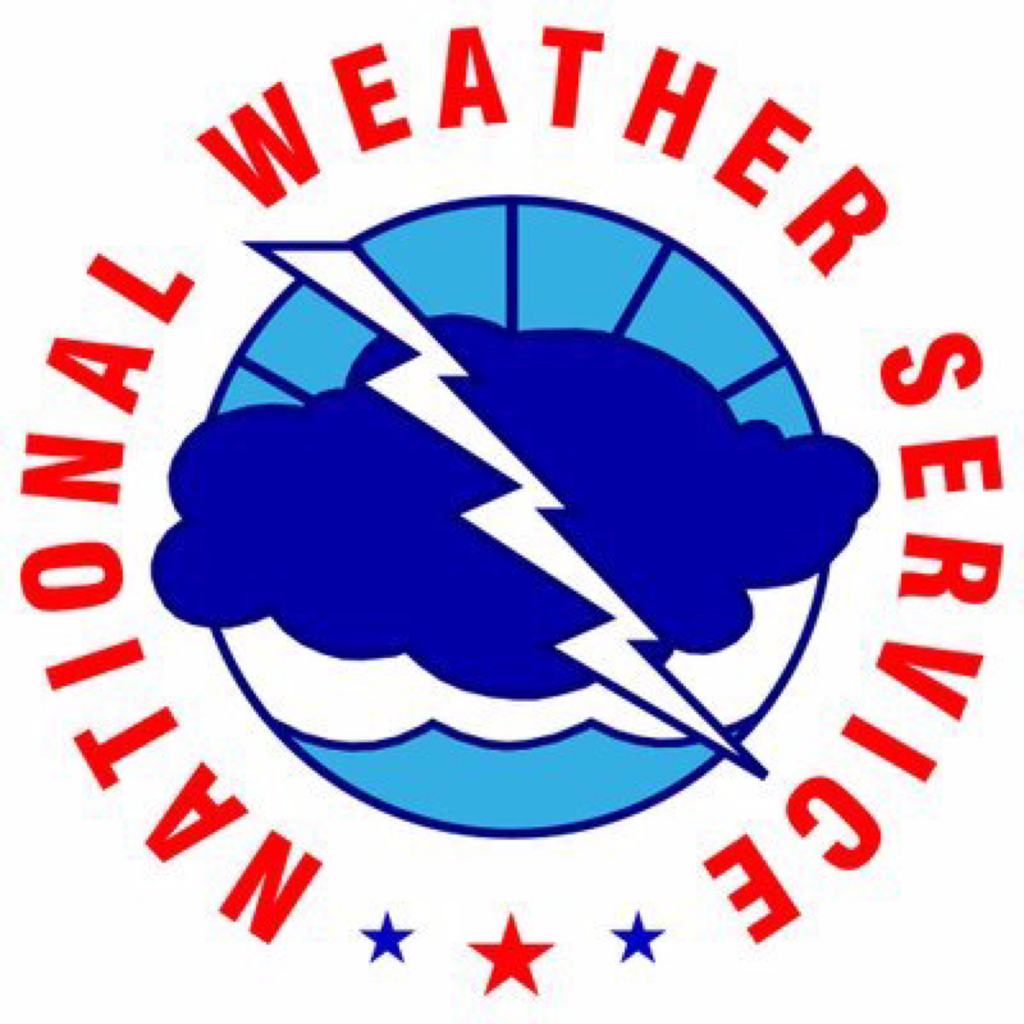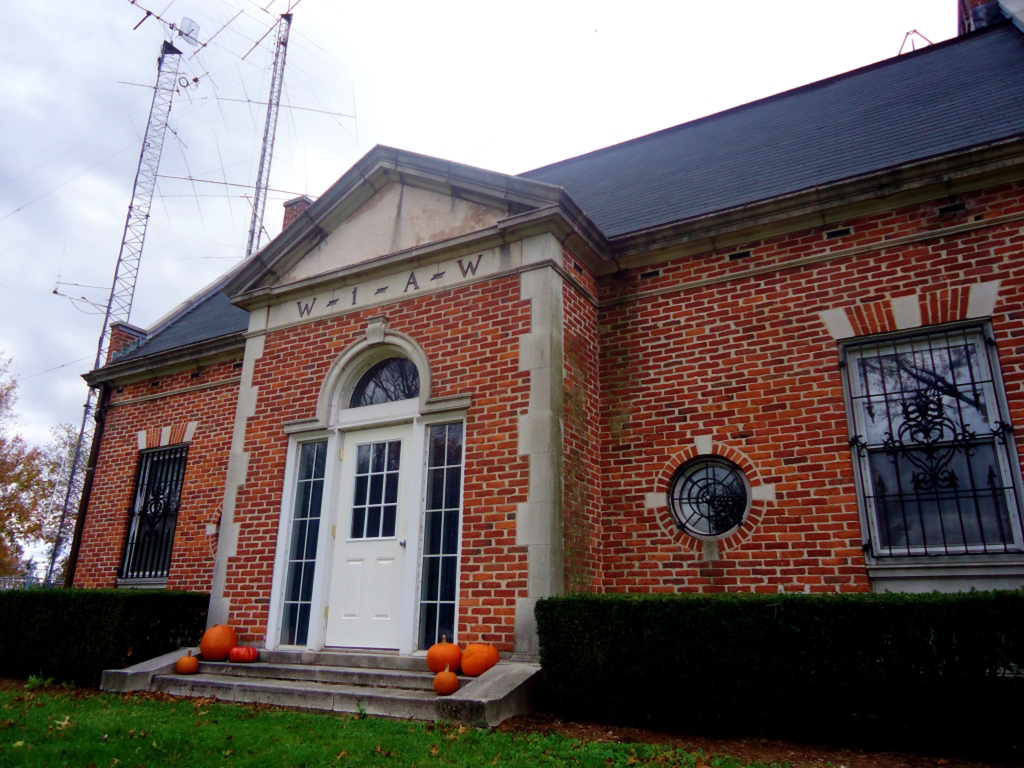The best thing you can do for your ham radio station is to spend a little time doing regular maintenance and the end of hurricane season is the perfect time to do a little touch-up around your shack here in Florida. Maintenance works for cars, checkbooks, and relationships, so why not ham radio?
An ongoing task is to keep a station notebook. Open the notebook whenever you add a piece of equipment, wire a gadget, note a problem, or fix a problem. Over time, the notebook helps you prevent or solve problems, but only if you keep it up to date.
Then when you do your post-hurricane season maintenance you can refer to the notebook to inspect, test, and check the individual components that make up the station.
Use your notes to check cables, power supplies, batteries, wires, ropes, masts, and everything else between the operator and the ionosphere. Doing this now gives you time to replace gear, make repairs, and make upgrades before the rush just before the next storm season. Your equipment and antennas are of no use if they’re not working. The choice is yours. You can address an issue when it shows up or when it blows up.
Start with the following list and customize it for your station:
- Check all RF cables, connectors, switches, and grounds. Make sure all connectors are tight because temperature cycles can work them loose. Rotate switches or cycle relays to keep contacts clean and turn up problems. Look for kinks in or damage to feed lines. Be sure that ground connections are snug. Also, check power supplies for anomalies or batteries that may be losing their capacity.
- Test transmitters and amplifiers for full power output on all bands. Also, double-check your antennas and RF cabling. Use full power output to check all bands for RF feedback or pickup on microphones, keying lines, or control signals.
- Check received noise level (too high or too low) on all bands. The noise level is a good indication of whether feed lines are in good shape, preamps are working, or you have a new noise source to worry about.
- Check standing wave ratio (SWR) on all antennas. Be especially vigilant for changes in the frequency of minimum SWR, which can indicate connection problems or water getting into the antenna or feed line connectors. Sudden changes in SWR (up or down) mean tuning or feed-line problems.
- Inspect all antennas and outside feed lines. Use a pair of binoculars to check the antenna. Look for loose connections; unraveling tape, ties, or twists; damage to cable jackets; and that sort of thing.
- Inspect ropes and guy wires. Get into the habit of checking for tightness and wear whenever you walk by. A branch rubbing on a rope can eventually cause a break. Knots can come loose.
- Inspect masts, towers, and antenna mounts. The best time to find problems is in autumn, before the weather turns bad. Use a wrench to check the tower and clamp bolts and nuts. Fight rust with cold galvanizing spray paint. In the spring, check again for weather damage.
- Vacuum and clean the operating table and equipment; clear away loose papers and magazines. Sneak those coffee cups back to the kitchen, and recycle the old soft-drink cans. Make sure that all fans and ventilation holes are clean and not blocked.
You may not want to haul the vacuum cleaner into the radio shack, but it may be the most valuable piece of maintenance gear you have. Heat is the mortal enemy of electronic components and leads to more failures than any other cause.
The dust and crud that settle on radio equipment restrict air flow and act as insulators, keeping equipment hot. High-voltage circuits, such as in an amplifier or computer monitor, attract dust like crazy. Vacuuming removes the dust, wire bits, paper scraps, and other junk before they cause expensive trouble.
As you complete your maintenance, note whether anything needs fixing or replacing and why, if you know. You’ll probably get some ideas about improvements or additions to the station, so note those ideas too.
Over time, you’ll notice that some things regularly need work. In a mobile station, for example the antenna mounts may need cleaning, vibration loosens connectors, and cables can get pinched or stretched. Always be on the lookout for these problems.






